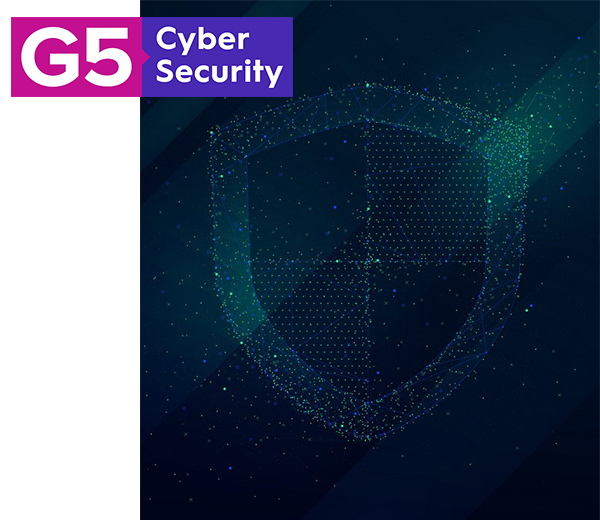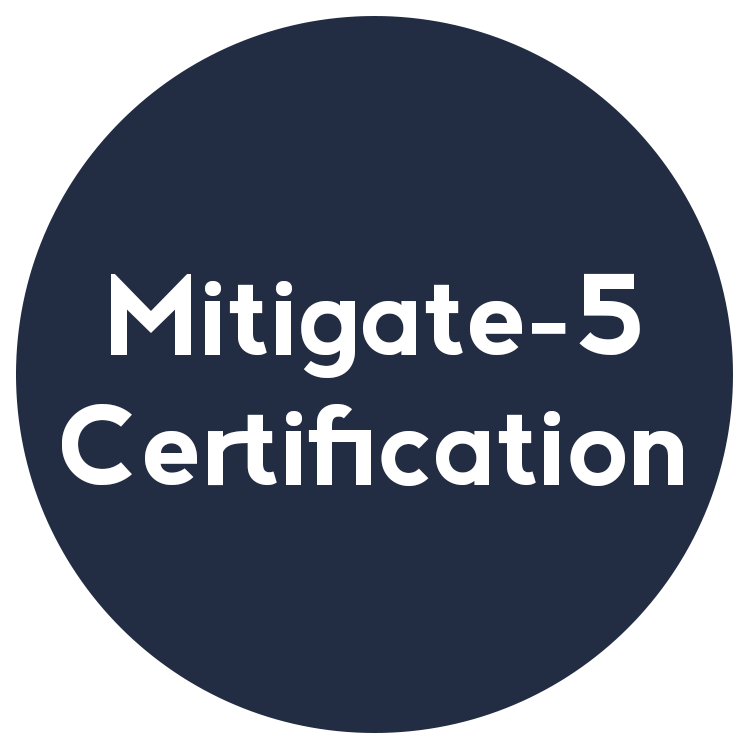Compliance areas
-
01-03. Context of the organisationNote: There are no requirements in these sections.
-
04. Context of the organisation04.1 Understanding the organization and its context
04.2 Understanding the needs and expectations of interested parties
04.3 Determining the scope of the information security management system
04.4 Information security management system -
05. Leadership05.1 Leadership and commitment
05.2 Policy
05.3 Organizational roles, responsibilities and authorities -
06. Planning06.1 Actions to address risks and opportunities
06.2 Information security objectives and planning to achieve them -
07. Support07.1 Resources
07.2 Competence
07.3 Awareness
07.4 Communication
07.5 Documented information -
08. Operation08.1 Operational planning and control
08.2 Information security risk assessment
08.3 Information security risk treatment -
09. Performance evaluation09.1 Monitoring, measurement, analysis and evaluation
09.2 Internal audit
09.3 Management review -
10. Improvement10.1 Nonconformity and corrective action
10.2 Continual improvement -
A05. Information security policiesA05.1 Management direction for information security
-
A06. Organization of information securityA06.1 Internal organization
A06.2 Mobile devices and teleworking -
A07. Human resource securityA07.1 Prior to employment
A07.2 During employment
A07.3 Termination and change of employment -
A08. Asset managementA08.1 Responsibility for assets
A08.2 Information classification
A08.3 Media Handling -
A09. Access controlA09.1 Business requirements of access control
A09.2 User access management
A09.3 User responsibilities
A09.4 System and application access control -
A10. CryptographyA.10.1 Cryptographic controls
-
A11. Physical and environmental securityA.11.1 Secure areas
A.11.2 Equipment -
A12. Operations securityA.12.1 Operational procedures and responsibilities
A.12.2 Protection from malware
A.12.3 Backup
A.12.4 Logging and monitoring
A.12.5 Control of operational software
A.12.6 Technical vulnerability management
A.12.7 Information systems audit considerations -
A13. Communications securityA.13.1 Network security management
A.13.2 Information transfer -
A14. System acquisition, development & maintenanceA.14.1 Security requirements of information systems
A.14.2 Security in development and support processes
A.14.3 Test data -
A15. Supplier relationships
A.15.1 Information security in supplier relationships
A.15.2 Supplier service delivery management -
A16. Information security incident managementA.16.1 Management of information security incidents and improvements
-
A17. Information security aspects of BCMA.17.1 Information security continuity
A.17.2 Redundancies -
A18. ComplianceA.18.1 Compliance with legal and contractual requirements
A.18.2 Information security reviews
Snap view of G5 Cyber Security
Services
- Service Category System Security
- Technology In-depth (low-level) assessments
- Process High-level assessments
- People High-level assessments
- Learn more
- Service Category Cyber Intelligence
- Technology High-level assessments
- Process In-depth (low-level) assessments
- People In-depth (low-level) assessments
- Learn more
- Service Category Advisory and Education
- Technology High and low-level assessments
- Process High-level assessments
- People In-depth (low-level) assessments
- Learn more
Quick Q&A's
Questions & Answers
How to get started?
To begin a service discussion for security services, please reserve a meeting slot online by using our calendar HERE. Alternatively, email us to start the conversation, and we’ll work with you from there. During the consultation, we will seek to understand your business goals, requirements, and how we can support your success.
How to get further information about this website's operator?
This website is owned and operated by G5 Cyber Security. G5 is an intelligent consulting company that helps businesses and people to manage their security risk and achieve their goals.
More information is available about G5 Cyber Security and our services at g5cybersecurity.com.







